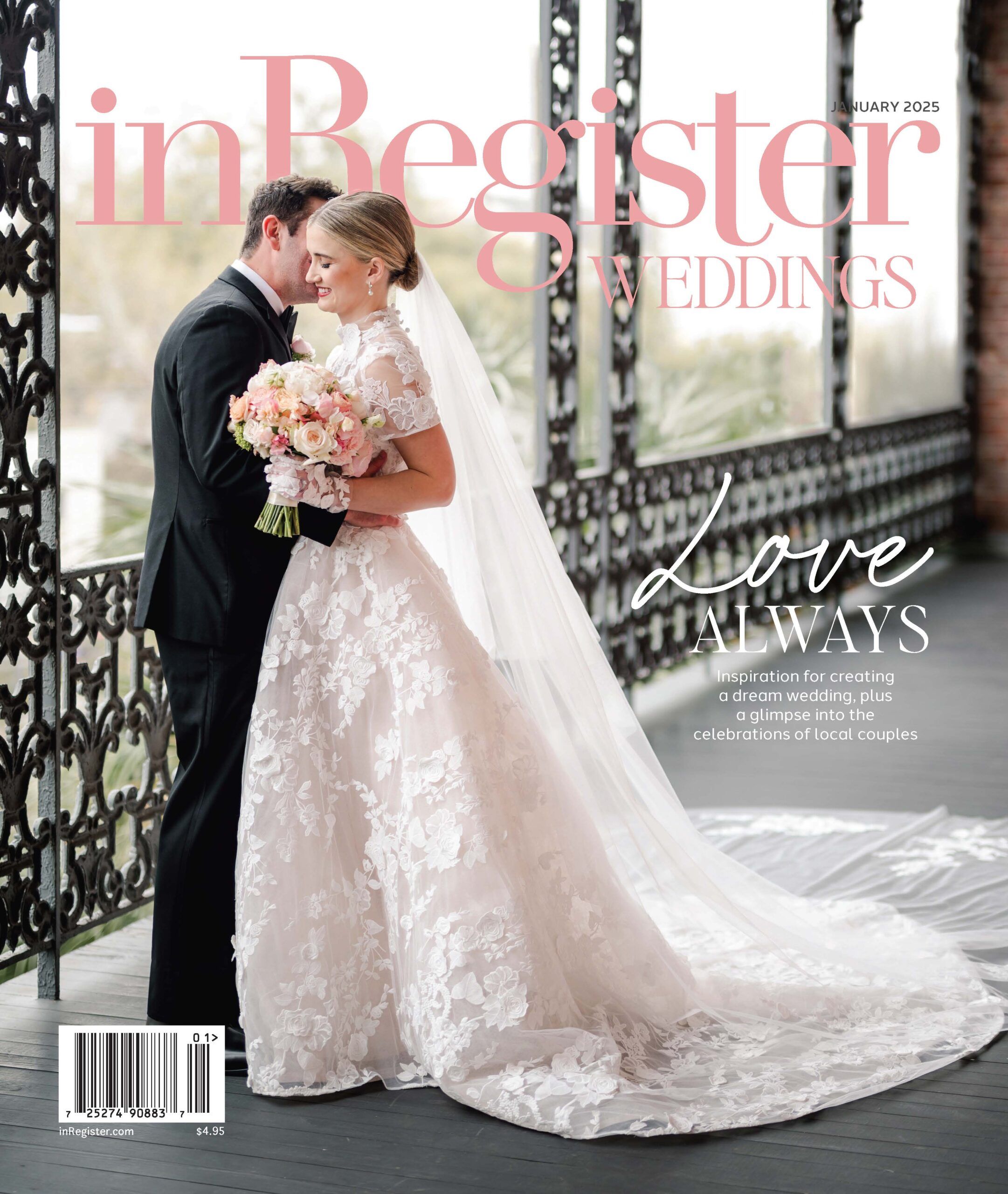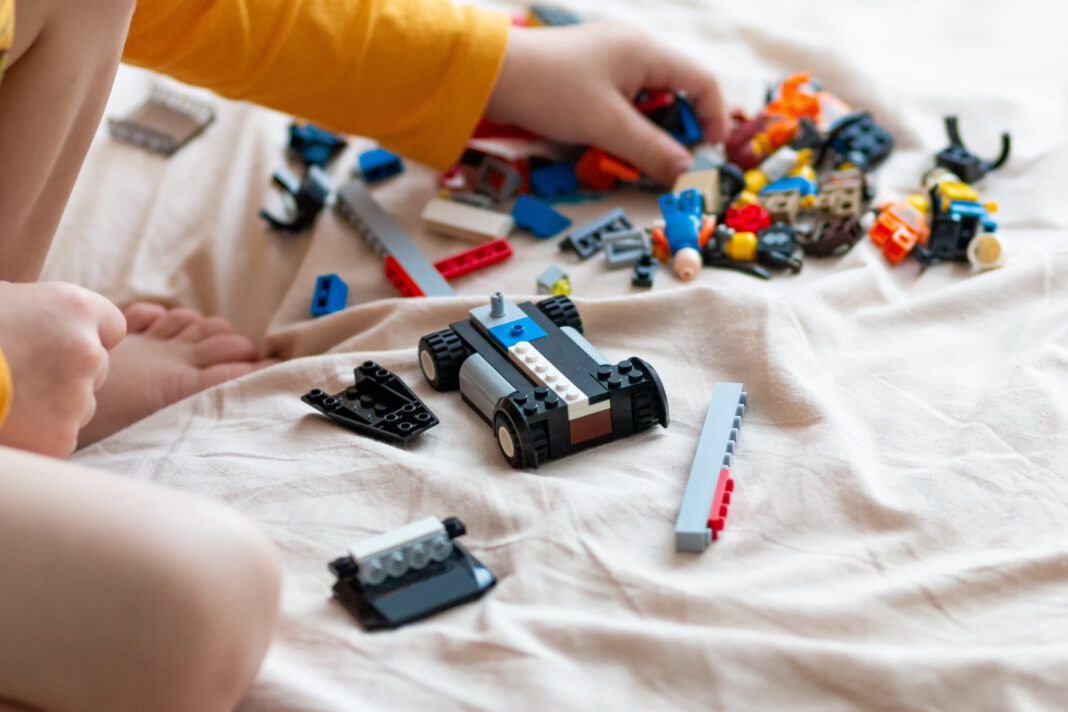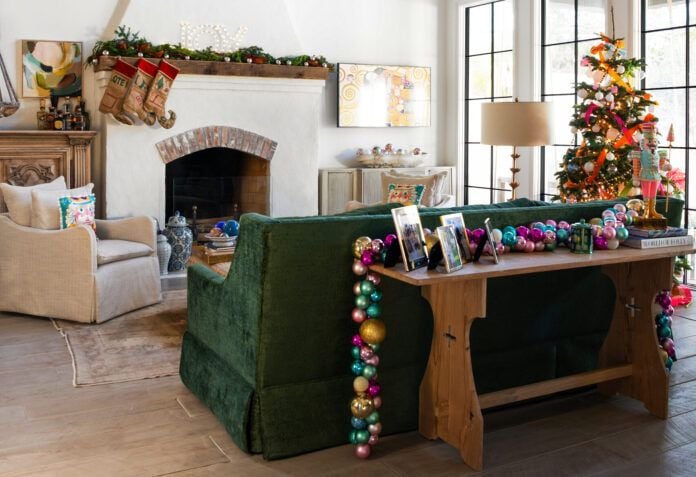A guide to finding the right gifts for kids ages 5-8
It’s time for round two of our holiday gift guide for children, with this installment focusing on kids ages 5 to 8, a period marked by early elementary education, growing independence and the inkling of new hobbies and interests. Hillary Perret, associate director of programs for the Knock Knock Children’s Museum, knows this age range well, with at least 10 years of childhood professional development experience under her belt, along with her status as a mother of two. And for her, the most important part of choosing a child’s present, besides taking into account their specific interests, is focusing on the end result.
“Toys that don’t have a ‘right answer’ or specific task to accomplish are best,” she says. “Think of a box of random Legos instead of a Lego kit that requires you to build a certain thing. Literacy and numeracy will come naturally while you play. And most importantly, talk about the play.”
As far as what gifts best suit kids who are 5, 6, 7 and 8, Perret advises choosing toys that can grow with kids, instead of ones that specify a certain age.
“KEVA Planks and Magna-Tiles, for example, will appeal to all ages,” she says. “Mix-and-match dress-up clothes, Matchbox cars, and Play-Doh are also some of my favorites. Pretend play is very important for the younger ages, but the things in the store often just look like toys. In my experience, kids want stuff that looks real. Consider going to a thrift store and buying real pots and pans or a purse filled with empty makeup containers and sturdy jewelry.”
In this day and age, though, finding a toy with an electric switch or battery-operated movement is almost easier than finding toys without. Not that whirling, swirling, blinking toys are always a bad thing—just remember to consider whether they’re pulling their weight in terms of helping to develop your child’s creativity.
“I’ve seen great value with battery-operated toys for lots of ages,” says Perret. “But think about what happens once all the buttons have been pushed—like those bears that have the buttons that sing songs. It’s my experience that once the exploration phase is done and the child has learned what all the buttons do, it’s just a bear again. Things like the train in DUPLO Coding Express brick sets, though, have a battery that can be changed to do lots of different things.”
After all, at these ages, children benefit a lot from the freedom that comes from creating their own worlds of play, where the imagination can run wild without instructions or adults telling them what to do. And sometimes, getting involved and asking questions is the cherry on top of whatever gifts appear under the Christmas tree this year.
“I think it’s sort of arrogant of us to decide ahead of time what these kids need to learn,” says Perret. “But through play they learn cause and effect, problem solving, how to take risks, and what their personal boundaries are, plus how to handle defeat and success, empathy, creativity, to trust their caregivers, to entertain themselves, or just how the world works. Our job is simply to get them to talk about it. With talking comes thinking and reflection and tons of connections to language. This is true for nonverbal children too. Don’t stop talking, even if they don’t respond.”
To see more of this year’s gift guides, check out our previous installment for children ages 0 to 4 here.












